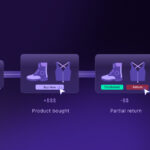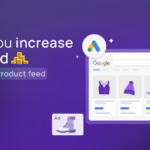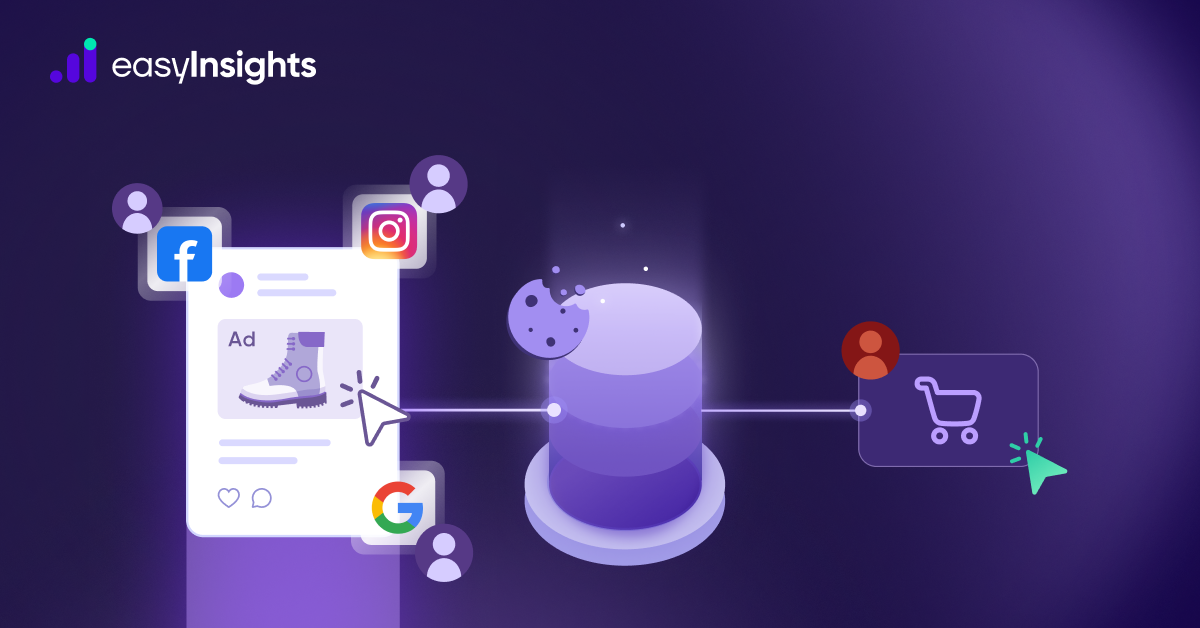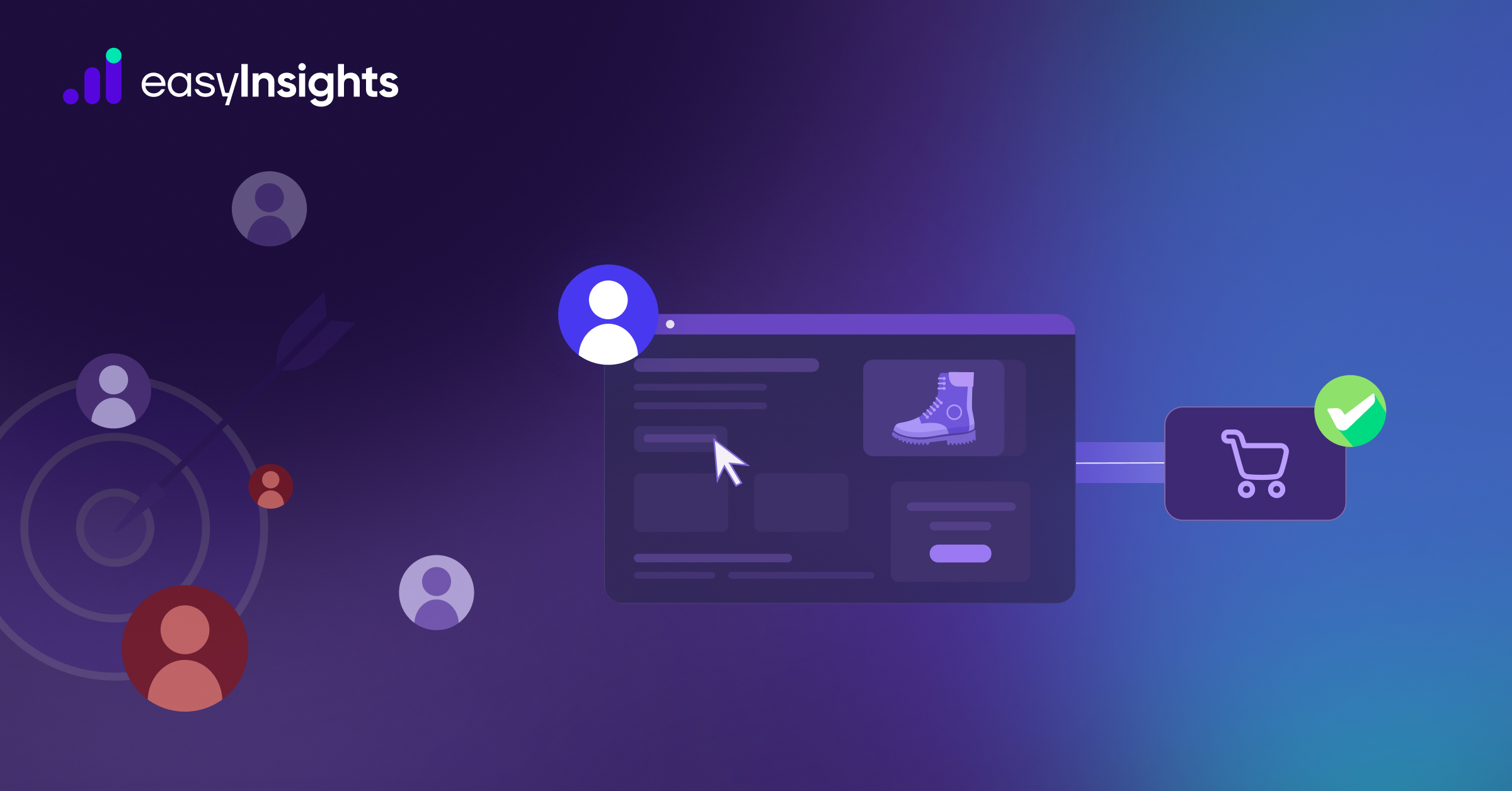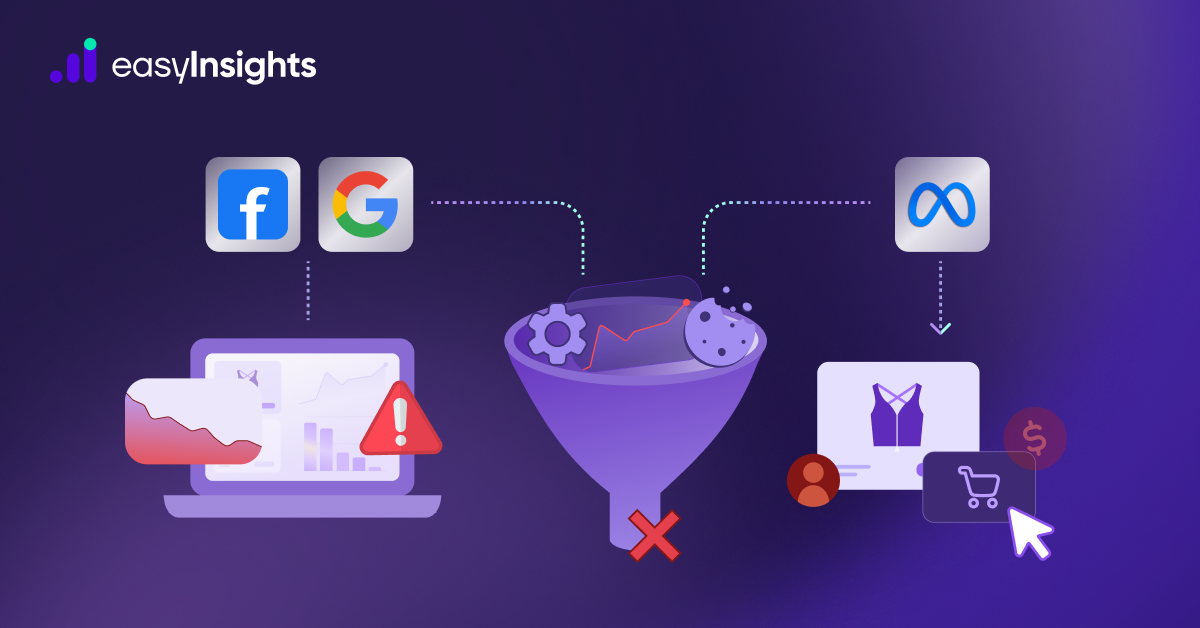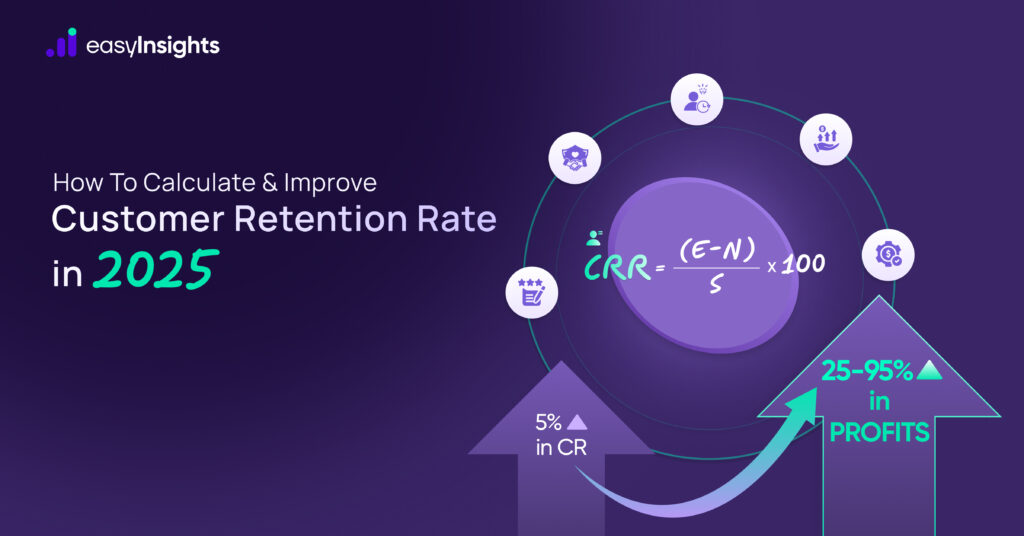
As a digital marketer, you’re constantly chasing the next click, the next lead, and the next customer. But what if I told you the secret to explosive, sustainable growth isn’t about acquiring new customers, but about keeping the ones you already have? In 2025, the most profitable performance marketers aren’t just masters of acquisition; they are wizards of retention.
Consider these game-changing stats: a study by Bain & Company found that a mere 5% increase in customer retention can boost your profits by a staggering 25% to 95%. Why? Because it costs 5 to 25 times more to acquire a new customer than to keep an existing one. And here’s the kicker: your existing customers are your business’s true engine, generating an average of 65% of your company’s revenue and spending 67% more than new customers.
For performance marketers, who live and breathe data, focusing on customer retention isn’t a “nice-to-have”-it’s the most powerful lever you can pull for long-term ROI. This guide will show you how to accurately calculate your Customer Retention Rate (CRR) and give you actionable, data-driven strategies to significantly improve it in 2025.
Jump ahead to:
Why is Customer Retention Important?
Acquiring new customers might grab the headlines, but it’s retaining existing ones that fuels long-term business growth. In today’s competitive and privacy-first digital landscape, customer retention is no longer just a “nice-to-have” – it’s a strategic necessity.
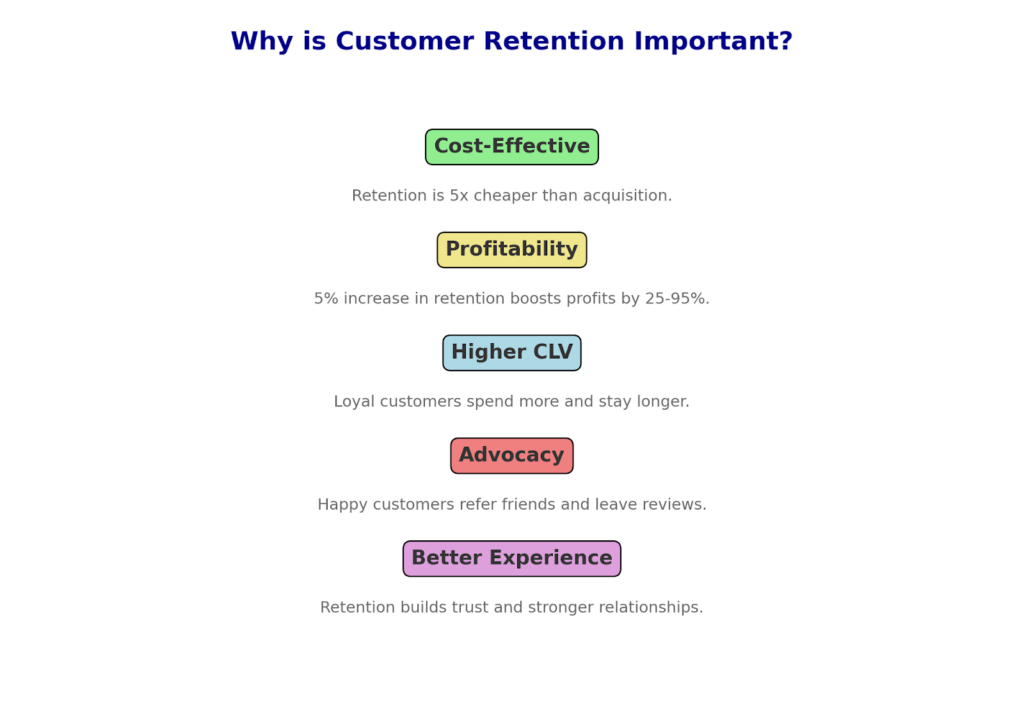
Here’s why retention matters more than ever in 2025:
1. It’s More Cost-Effective Than Acquisition
Studies consistently show that acquiring a new customer can cost 5x more than keeping an existing one. With rising ad costs on platforms like Meta and Google, doubling down on retention ensures you get more value from the customers you’ve already won.
2. Retention Directly Boosts Profitability
A small improvement in retention can drive massive profit gains. According to Bain & Company, increasing customer retention by just 5% can increase profits by 25% to 95%. Why? Because returning customers buy more often, spend more per purchase, and are less price-sensitive.
3. Loyal Customers Have Higher Lifetime Value (CLV)
Retention maximizes Customer Lifetime Value (CLV), one of the most critical metrics for any performance marketer. Returning customers don’t just make repeat purchases – they engage with your ecosystem, try new products, and often adopt premium services.
4. Retention Fuels Advocacy and Referrals
Happy customers don’t just stay – they bring others along. Loyal users are more likely to recommend your brand to their peers and leave positive reviews on platforms like G2, Trustpilot, or Capterra. This social proof lowers acquisition costs for future customers and strengthens brand credibility.
5. Better Retention = Better Customer Experience
Retention isn’t only about numbers – it’s about relationships. Customers who feel valued and supported are more engaged, more satisfied, and more likely to advocate for your brand. This creates a virtuous cycle: strong retention → better experiences → higher advocacy → even stronger retention.
How to Calculate Your Customer Retention Rate (CRR)
Before you can improve your retention, you need to measure it. The good news is, the formula is simple and straightforward. You can calculate your CRR for any period – a month, a quarter, or a year.
Here’s what each variable means:
- E = The number of customers you have at the end of a specific period.
- N = The number of new customers you acquired during that same period.
- S = The number of customers you had at the start of the period.
Let’s walk through an example: Imagine your e-commerce client had 1,000 customers at the beginning of the month. You ran a successful ad campaign and acquired 150 new customers, finishing the month with a total of 1,100 customers.
CRR=(1100-150)/1000×100
CRR=(950/1000)×100
CRR=0.95×100=95%
In this scenario, your monthly CRR is 95%. This tells you that you successfully retained 95% of your original customer base. While a good retention rate can vary by industry, the goal is always to see that number climb.
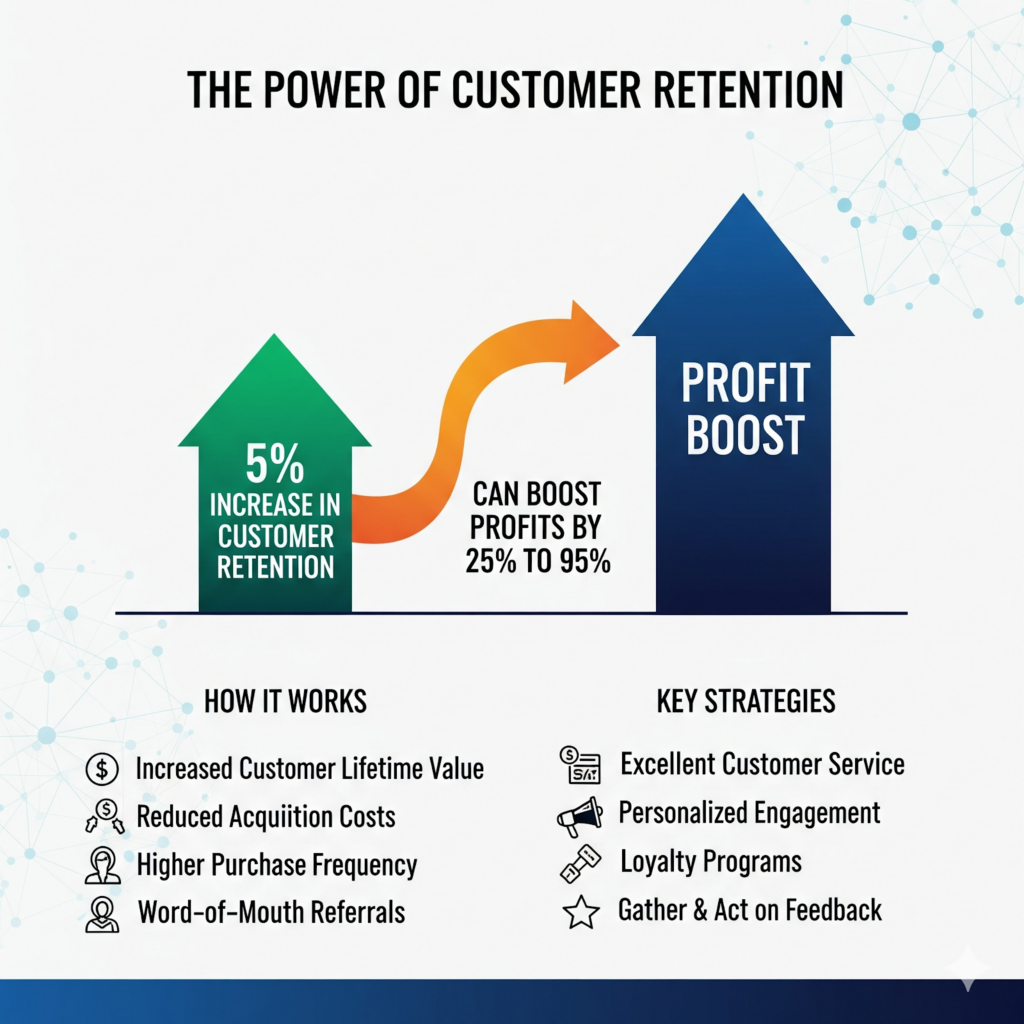
Impactful Customer Retention Metrics You Should Track in 2025
Measuring retention isn’t just about looking at one number. To truly understand how loyal your customers are and where you can improve, you need a retention analytics framework that looks at multiple metrics. By combining these insights, marketers can identify churn risks, optimize engagement strategies, and increase customer lifetime value.
Here are the key retention metrics every business should track in 2025:
1. Customer Churn Rate
Churn rate tells you how many customers you’re losing over a specific time frame. It’s the flip side of retention rate, and even a small increase in churn can erode your long-term growth.
Formula: ChurnRate = (Customer lost during period / customer at start of period) x 100
Why it matters: High churn often points to deeper issues like poor onboarding, lack of value delivery, or ineffective customer engagement. Keeping this metric in check is critical to building a sustainable business.
2. Customer Lifetime Value (CLV)
CLV shows you the total revenue potential of a customer throughout their entire relationship with your brand. Instead of just focusing on one-off sales, CLV emphasizes long-term profitability.
Formula: CLV=(Average Purchase Value×Purchase Frequency) × Customer Lifespan
Why it matters: A higher CLV means customers are not only staying longer but also spending more. By improving retention and loyalty, you’re directly increasing CLV – making your marketing investments more profitable.
3. Purchase Frequency
This metric reveals how often customers come back to buy from you in a given period. Loyal customers tend to have a higher purchase frequency, which indicates strong engagement and brand trust.
Formula: Purchase frequency = Total number of Purchases / Unique customers
Why it matters: Tracking this helps you spot if customers are buying more or less frequently over time, which is a direct signal of retention health.
4. Average Order Value (AOV)
AOV shows the average amount customers spend per purchase. While it’s often seen as a revenue metric, it also connects to retention: returning customers tend to spend more than first-time buyers.
Formula: AOV = Total revenue / Number of orders
Why it matters: Increasing AOV among repeat customers is one of the most efficient ways to boost revenue without additional acquisition costs.
5 Proven Ways to Improve Customer Retention Rate in 2025
Leverage First-Party Data for Personalization
In an era of cookie deprecation, first-party data is your most valuable asset. The more you know about your customers’ behavior and preferences, the better you can personalize their experience and build loyalty.
- Behavioral Segmentation: Use tools like EasyInsights to analyze customer behavior – from purchase history to feature usage. Segment users based on their actions and tailor your marketing messages. For example, if a user frequently buys running gear, send them a personalized email with a new collection of running shoes, not general promotions.
- Predictive Churn Models: Go a step further with analytics. Use first-party data to identify at-risk customers. If a user’s engagement with your app or service has decreased, or they’ve stopped opening your emails, your system can flag them. This allows you to proactively reach out with a targeted re-engagement campaign before they leave.
Invest in Accurate Attribution to Focus on High-Value Channels
Retention is not just about engaging customers – it starts with acquiring the right customers. If you’re bringing in leads that are a poor fit, no amount of retention tactics will keep them around. That’s where accurate attribution comes in.
How to implement:
- Adopt multi-touch attribution models: Understand the full customer journey rather than relying on last-click.
- Identify retention-driving channels: Track not only which campaigns bring conversions but which ones bring customers who stay longer and spend more.
- Cut wasted spend: Stop pouring budget into channels that deliver low-retention customers.
EasyInsights advantage: EasyInsights provides clear attribution across channels, so you can measure not only acquisition but also post-acquisition retention – a key differentiator in 2025’s privacy-first environment.
Improve Onboarding & the First 7-Day Experience
Most churn happens in the first few days of a customer’s journey. If users don’t find value quickly, they leave. The solution? Create an onboarding experience that guides customers toward their first “aha moment” as soon as possible.
How to implement:
- Simplify onboarding: Reduce friction in sign-up forms and account setup.
- Guided product tours: Use tooltips, in-app walkthroughs, or explainer videos.
- Automated onboarding sequences: Send personalized emails/SMS/WhatsApp nudges that highlight value during the first week.
Pro Tip: Track customer engagement signals (logins, clicks, time spent) using attribution tools to identify at-risk users early and intervene.
Additional read : Top 8 Marketing Attribution Tools and Software for 2024
Build Loyalty and Rewards Programs That Actually Work
Customers love to feel valued – and loyalty programs can be the difference between a one-time buyer and a long-term advocate. But in 2025, loyalty isn’t just about points – it’s about experience + exclusivity.
How to implement:
- Tier-based loyalty programs: Offer benefits like free shipping, early access, or exclusive deals as customers move up levels.
- Gamify retention: Create streaks, badges, or milestones to keep engagement fun.
- Referral incentives: Reward customers who bring in friends with discounts or perks.
- Exclusive community access: Create VIP clubs, beta access to new features, or invite-only events.
Pro Tip: Use first-party data to track engagement and tailor rewards. High-value customers may prefer exclusive perks over discounts, while new customers may respond better to cost-saving incentives.
Conclusion
In 2025, the brands that win won’t be the ones shouting the loudest in crowded ad auctions – they’ll be the ones that turn every customer interaction into a long-term relationship. Retention isn’t just a metric to track; it’s a mindset shift. When you view every customer as a growth partner rather than a one-time transaction, you unlock compounding revenue, stronger advocacy, and a competitive edge that can’t be bought with ad spend alone.
The choice is simple: keep chasing clicks, or build a retention machine that fuels sustainable growth. With first-party data, accurate attribution, and a customer-first approach, you already have the tools. The question is – will you use them to make 2025 your most profitable year yet?
Book a demo Today with EasyInsights!


